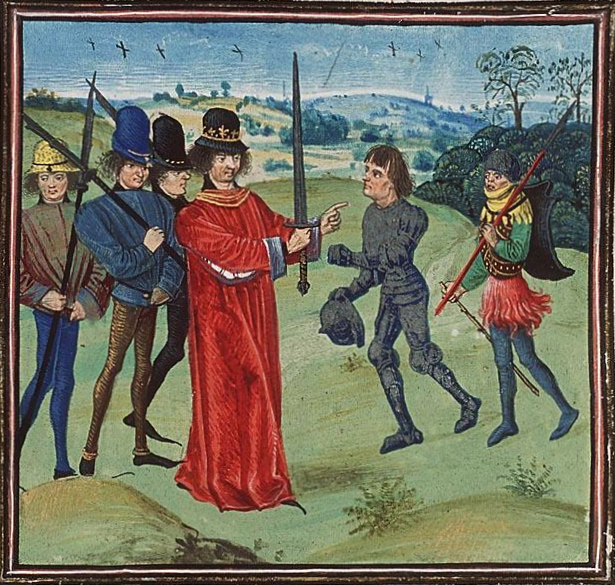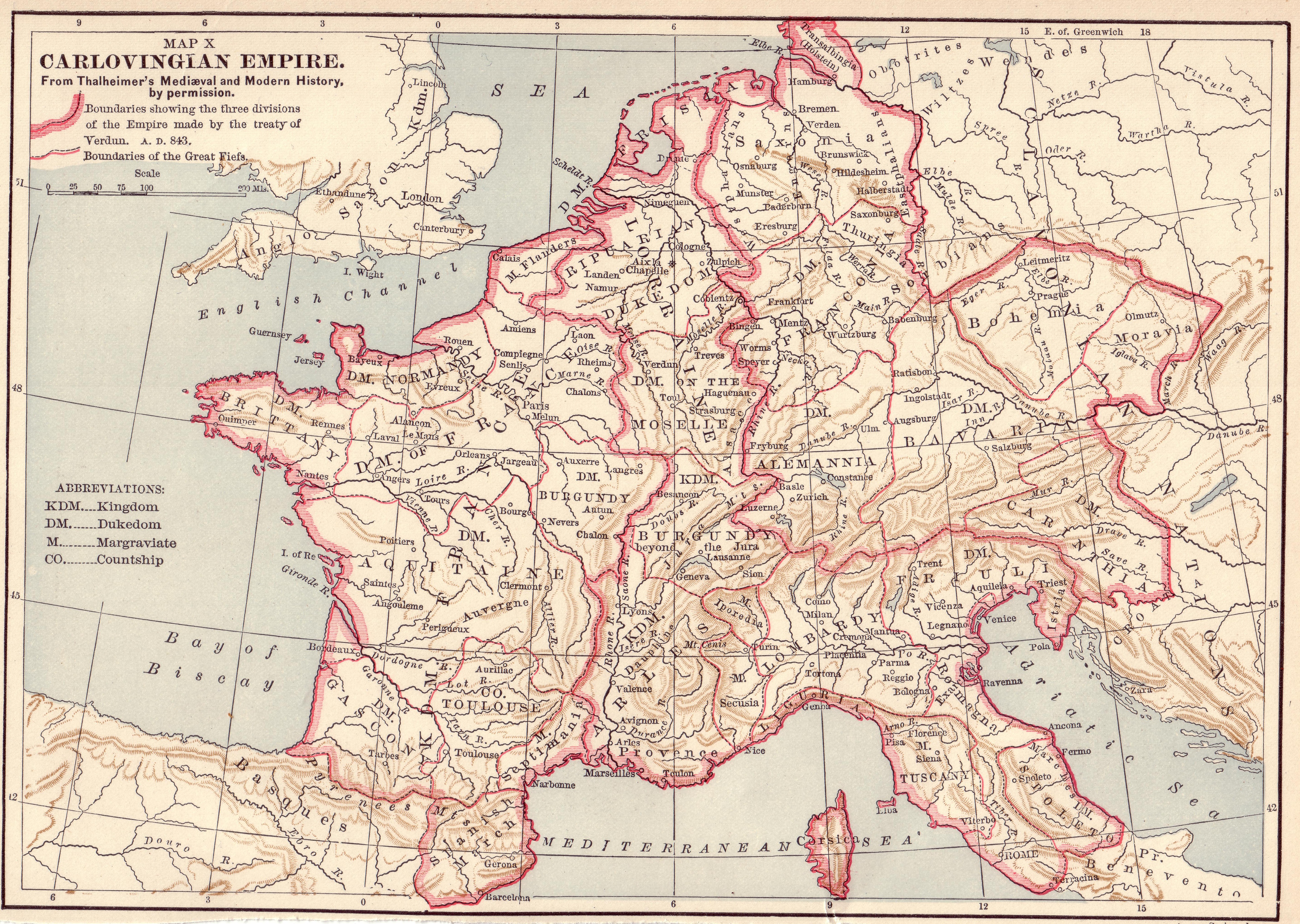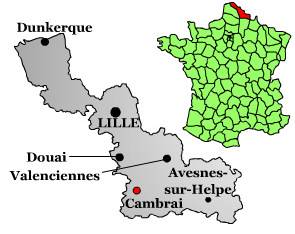|
Baldwin I, Margrave Of Flanders
Baldwin I (probably 830s – 879), also known as Baldwin Iron Arm ( nl, Boudewijn met de IJzeren Arm; the epithet is first recorded in the 12th century), was the first margrave of Flanders, which evolved into the County of Flanders. He was the son of Odoacer. Odoacer was the son of Enguerrand delle Fiandre. Enguerrand delle Fiandre was the son of Liederik. Elopement with princess At the time Baldwin first appears in the records he was already a count, presumably in the area of Flanders, but this is not known. Count Baldwin rose to prominence when he eloped with Judith, daughter of Charles the Bald, king of West Francia. Judith had previously been married to Æthelwulf and Æthelbald, kings of Wessex, but after the latter's death in 860, she returned to France. Around the Christmas of 861, at the instigation of Baldwin and with her brother Louis's consent, Judith escaped the custody into which she had been placed in the city of Senlis, Oise after her return from England. She f ... [...More Info...] [...Related Items...] OR: [Wikipedia] [Google] [Baidu] |
Margrave Of Flanders
The count of Flanders was the ruler or sub-ruler of the county of Flanders, beginning in the 9th century. Later, the title would be held for a time, by the rulers of the Holy Roman Empire and Spain. During the French Revolution, in 1790, the county of Flanders was annexed to France and ceased to exist. In the 19th century, the title was appropriated by Belgium and granted twice to younger sons of Belgian kings. The most recent holder died in 1983. In 862 Baldwin I was appointed as the first Margrave of Flanders by Charles the Bald, King Charles II. It was a military appointment, responsible for repelling the Viking raids from the coast of Francia. The title of margrave (or marquis) evolved into that of count. Arnulf I, Count of Flanders, Arnulf I was the first to name himself as count, by the Grace of God. The title of margrave largely fell out of use by the 12th century. Since then, the rulers of Flanders have only been referred to as counts. The counts of Flanders enlarged th ... [...More Info...] [...Related Items...] OR: [Wikipedia] [Google] [Baidu] |
Saint Peter's Abbey, Ghent
Saint Peter's Abbey ( nl, Sint-Pietersabdij) is a former Benedictine abbey in Ghent, Belgium, now a museum and exhibition centre. Saint Peter's was founded in the late 7th century by Amandus, a missionary sent by the Frankish kings to Christianize the pagan inhabitants of the region, who founded two monasteries in the area, St. Bavo's, and Saint Peter's on the Blandijnberg. During the winter of 879-80, the abbey was raided and plundered by the Normans, and it remained relatively poor until the 10th century, when donations of property and relics by Count Arnulf I considerably enriched it, as did further donations by Arnulf's cousin King Edgar of England. By the second half of the century it was the wealthiest abbey in Flanders, and the reputation of the abbey school extended far beyond the town. In 984, Gerbert of Aurillac, director of the cathedral school of Reims, (later Pope Sylvester II) inquired whether students from Reims could be admitted to Saint Peter's, and its renown as ... [...More Info...] [...Related Items...] OR: [Wikipedia] [Google] [Baidu] |
Western Francia
In medieval history, West Francia (Medieval Latin: ) or the Kingdom of the West Franks () refers to the western part of the Frankish Empire established by Charlemagne. It represents the earliest stage of the Kingdom of France, lasting from about 840 until 987. West Francia emerged from the partition of the Carolingian Empire in 843 under the Treaty of Verdun following the death of Charlemagne's son, Louis the Pious. It is considered the first polity in French history. West Francia extended further north and south than modern metropolitan France, but it did not extend as far east. It did not include such future French holdings as Lorraine, the County and Kingdom of Burgundy (the duchy was already a part of West Francia), Alsace and Provence in the east and southeast for example. It also did not include the Brittany peninsula in the west. In addition, by the 10th century the authority of the West Frankish monarchs was greatly reduced. This was contrasted by the evergrowing power of ... [...More Info...] [...Related Items...] OR: [Wikipedia] [Google] [Baidu] |
Vikings
Vikings ; non, víkingr is the modern name given to seafaring people originally from Scandinavia (present-day Denmark, Norway and Sweden), who from the late 8th to the late 11th centuries raided, pirated, traded and settled throughout parts of Europe.Roesdahl, pp. 9–22. They also voyaged as far as the Mediterranean, North Africa, Volga Bulgaria, the Middle East, and North America. In some of the countries they raided and settled in, this period is popularly known as the Viking Age, and the term "Viking" also commonly includes the inhabitants of the Scandinavian homelands as a collective whole. The Vikings had a profound impact on the early medieval history of Scandinavia, the British Isles, France, Estonia, and Kievan Rus'. Expert sailors and navigators aboard their characteristic longships, Vikings established Norse settlements and governments in the Viking activity in the British Isles, British Isles, the Faroe Islands, Settlement of Iceland, Icela ... [...More Info...] [...Related Items...] OR: [Wikipedia] [Google] [Baidu] |
Wilfred The Hairy
{{Infobox noble, type , name = Wilfred , title = Count of Barcelona , image = Wilfredo el Velloso 01.jpg , image_size = 150px , caption = Statue in Madrid, L. S. Carmona, 1750–53 , alt = , CoA = , more = no , succession = , reign = 878–897 , reign-type = , predecessor = Bernard of Gothia , successor = Wifred II, Count of Barcelona , suc-type = , spouse = Guinidilda , spouse-type = , issue = EmmaWilfred II Borrel Sunifred ΙΙ Sunyer MiróRodolfoRiquillaErmesindeCixilona?Guinidilda , issue-link = , issue-pipe = , full name = , styles = , titles = , noble family = , house-type = , father = Sunifred, Count of Barcelona , mother = , birth_date = , birth_place = Prades, Pyréné ... [...More Info...] [...Related Items...] OR: [Wikipedia] [Google] [Baidu] |
Herbert I Of Vermandois
Herbert I (c. 848/850 – 907) or Heribertus I, Count of Vermandois, Count of Meaux, Count of Soissons, and lay abbot of Saint Quentin. He was a Carolingian aristocrat who played a significant role in Francia. Herbert was the son of Pepin of Vermandois and one great-grandson of Pepin of Italy, son of Charlemagne. He was possibly a matrilineal descendant of the Nibelungids. His early life was unknown. Herbert became count of Soissons before 889 and was probably charged with defending the Oise against Viking intrusions. A contemporary of Baldwin II, Count of Flanders he had the advantage of being a Carolingian, a great-grandson of Pepin of Italy, a son of Charlemagne. Herbert controlled both St. Quentin and Péronne and his activities in the upper Somme river valley, such as the capture and murder (rather than ransom) of his brother Raoul in 896, may have caused Baldwin II to have him assassinated in 907. Herbert arranged a marriage alliance to Robert of Neustria by giving in ma ... [...More Info...] [...Related Items...] OR: [Wikipedia] [Google] [Baidu] |
Péronne, Somme
Péronne () is a commune of the Somme department in Hauts-de-France in northern France. It is close to where the 1916, first 1918 and second 1918 Battles of the Somme took place during the First World War. The Museum of the Great War (known in French as the ''Historial de la Grande Guerre'') is located in the château. Geography Péronne is situated in the old region of Santerre, home of the early French kings. It is located in the Somme valley. The autoroutes A1 and A16 pass close by. The national road, the N17, traverses the town. Demography History On a hill, dominating the Somme river and its lakes, Péronne was a well-fortified place during the early Middle Ages. The ramparts were built in the 9th century. All that remains today of the ancient fortress is the ''Porte de Bretagne''. Few towns have been as involved in the history of France, few towns so often devastated, as Péronne. Burned and pillaged in the time of the Normans; gravely damaged during the time o ... [...More Info...] [...Related Items...] OR: [Wikipedia] [Google] [Baidu] |
Saint-Quentin, Aisne
Saint-Quentin (; pcd, Saint-Kintin; nl, label=older Dutch, Sint-Kwintens ) is a city in the Aisne department, Hauts-de-France, northern France. It has been identified as the ''Augusta Veromanduorum'' of antiquity. It is named after Saint Quentin of Amiens, who is said to have been martyred there in the 3rd century. Administration Saint-Quentin is a sub-prefecture of Aisne. Although Saint-Quentin is by far the largest city in Aisne, the capital is the third-largest city, Laon. Mayors The mayor of Saint-Quentin is Frédérique Macarez, a member of the centre-right LR Party. History The city was founded by the Romans, in the Augustean period, to replace the ''oppidum'' of Vermand (11 km away) as the capital of ''Viromandui'' (Celtic Belgian people who occupied the region). It received the name "''Augusta Viromanduorum''", ''Augusta'' of the ''Viromandui'', in honor of the emperor Augustus. The site is that of a ford across the River Somme. During the late Roman pe ... [...More Info...] [...Related Items...] OR: [Wikipedia] [Google] [Baidu] |
Arras
Arras ( , ; pcd, Aro; historical nl, Atrecht ) is the prefecture of the Pas-de-Calais Departments of France, department, which forms part of the regions of France, region of Hauts-de-France; before the regions of France#Reform and mergers of regions, reorganization of 2014 it was in Nord-Pas-de-Calais. The historic centre of the Artois region, with a Baroque town square, Arras is in Northern France at the confluence of the rivers Scarpe (river), Scarpe and Crinchon. The Arras plain is on a large chalk plateau bordered on the north by the Marqueffles fault, on the southwest by the Artois and Ternois hills, and on the south by the slopes of Beaufort-Blavincourt. On the east it is connected to the Scarpe valley. Established during the Iron Age by the Gauls, the town of Arras was first known as ''Nemetocenna'', which is believed to have originated from the Celtic word ''nemeton'', meaning 'sacred space.' Saint Vedast (or St. Vaast) was the first Catholic bishop in the year 499 a ... [...More Info...] [...Related Items...] OR: [Wikipedia] [Google] [Baidu] |
Vermandois
Vermandois was a French county that appeared in the Merovingian period. Its name derives from that of an ancient tribe, the Viromandui. In the 10th century, it was organised around two castellan domains: St Quentin ( Aisne) and Péronne ( Somme). In today's times, the Vermandois county would fall in the Picardy region of northern France. Pepin I of Vermandois, the earliest of its hereditary counts, was descended in direct male line from the emperor Charlemagne. More famous was his grandson Herbert II (902–943), who considerably increased the territorial power of the house of Vermandois, and kept the lawful king of France, the unlucky Charles the Simple, prisoner for six years. Herbert II was son of Herbert I, lord of Péronne and St Quentin, who was killed in 902 by an assassin in the pay of Baldwin II, Count of Flanders. His successors, Albert I, Herbert III, Albert II, Otto and Herbert IV, were not as historically significant. In 1077, the last count of the first ... [...More Info...] [...Related Items...] OR: [Wikipedia] [Google] [Baidu] |
Zwentibold
Zwentibold (''Zventibold'', ''Zwentibald'', ''Swentiboldo'', ''Sventibaldo'', ''Sanderbald''; – 13 August 900), a member of the Carolingian dynasty, was the illegitimate son of Emperor Arnulf.Collins 1999, p. 360 In 895, his father granted him the Kingdom of Lotharingia, which he ruled until his death. Life Early life Zwentibold was born during the long reign of his great-grandfather, King Louis the German in East Francia. He was the first-born, yet illegitimate, son of Arnulf of Carinthia and his concubine Vinburga. Zwentibold's father was an illegitimate son of Carloman of Bavaria, the eldest son of Louis the German. After Louis' death in 876, Carloman ruled over the East Frankish territory of Bavaria and ceded the adjacent marches of Pannonia and Carinthia (former Carantania) to his son Arnulf. In 887 Arnulf succeeded the incapable King Charles the Fat as king of East Francia. Zwentibold was named after his godfather Svatopluk, ruler of Great Moravia (Zwentibold bein ... [...More Info...] [...Related Items...] OR: [Wikipedia] [Google] [Baidu] |
Cambrai
Cambrai (, ; pcd, Kimbré; nl, Kamerijk), formerly Cambray and historically in English Camerick or Camericke, is a city in the Nord (French department), Nord Departments of France, department and in the Hauts-de-France Regions of France, region of France on the Scheldt river, which is known locally as the Escaut river. A Subprefectures in France, sub-prefecture of the department, Cambrai is a town which had 32,501 inhabitants in 2018. It is in the heart of the urban unit of Cambrai with 46,772 inhabitants. Its functional area (France), functional area, a more extensive range, included 94,576 inhabitants in 2018.Comparateur de territoire: Aire d'attraction des villes 2020 de Cambra ... [...More Info...] [...Related Items...] OR: [Wikipedia] [Google] [Baidu] |


.jpg)






